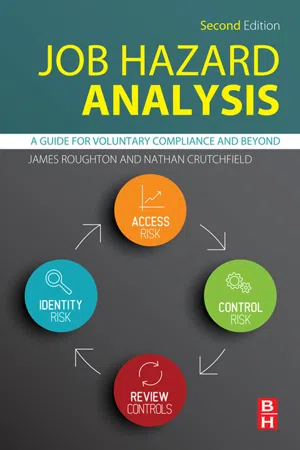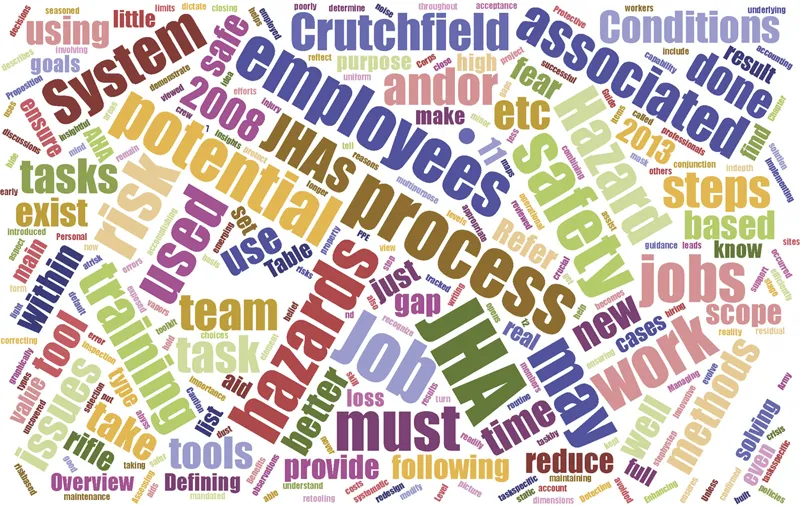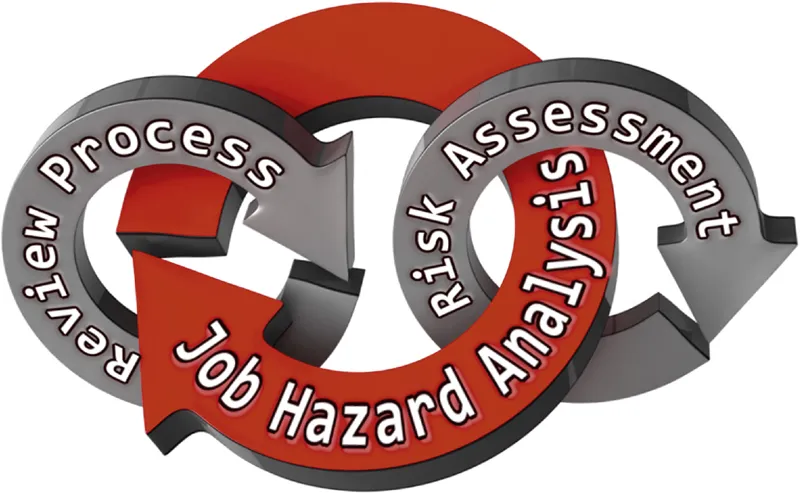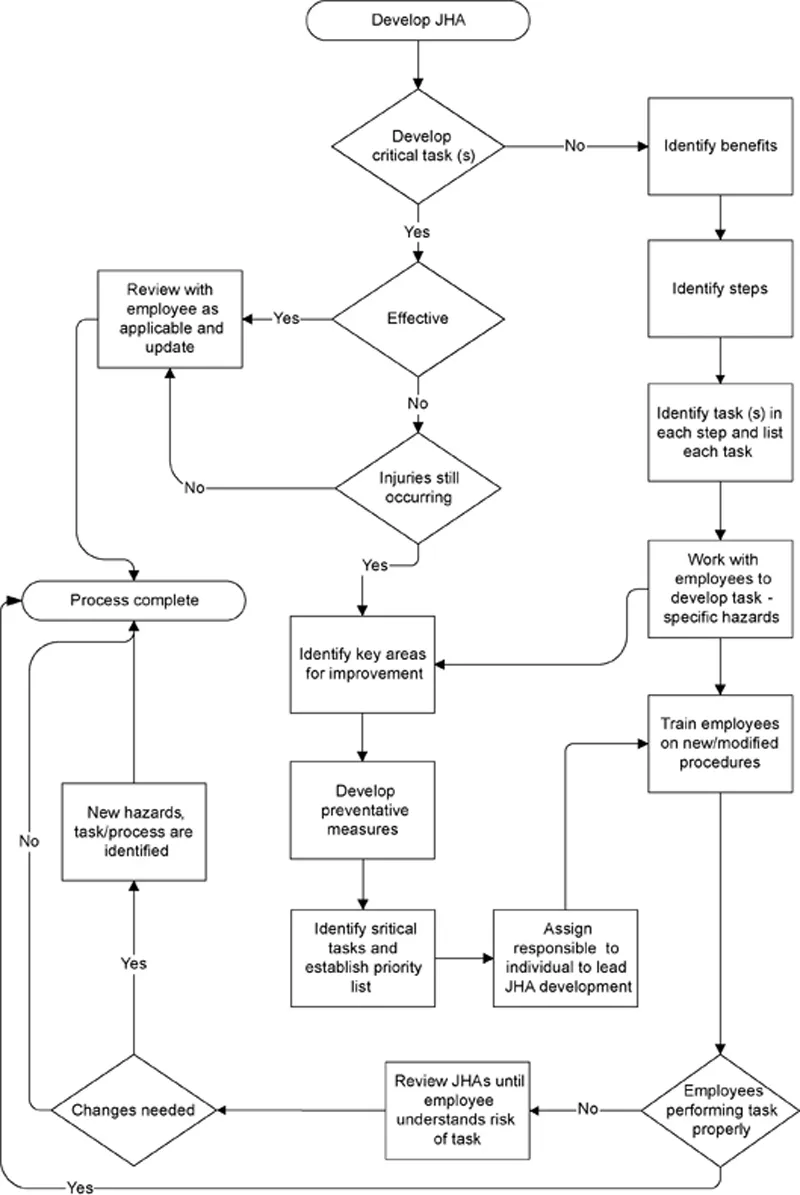
Job Hazard Analysis
A Guide for Voluntary Compliance and Beyond
- 504 pages
- English
- ePUB (mobile friendly)
- Available on iOS & Android
About this book
Job Hazard Analysis: A Guide for Voluntary Compliance and Beyond, Second Edition, provides a complete reference for performing JHA and setting up a JHA program. The book identifies the basic job steps and tasks, their associated hazards and risks, and safe operating procedures and hazard controls based on this analysis.
Authors James Roughton and Nathan Crutchfield argue that the JHA should be the centerpiece of any risk control and occupational safety and health program. However, the traditional JHA has potential problems in gathering and analysis of task data and, with its focus on the sequence of steps, can miss the behavioral effects and the systems interactions between tools, equipment, materials, work environment, management and the individual worker.
The concepts are presented for the JHA, incorporating elements from Behavior-Based Safety and Six Sigma. Readers are taken through the whole process of developing tools for identifying workplace hazards, developing systems that support hazard recognition, developing an effective JHA, and managing a JHA based program that can be easily incorporated into occupational safety and health management systems, thus allowing businesses to move from mere compliance to a pro-active safety management. The book is supported by numerous examples of JHAs, end of chapter review questions, sample checklists, action plans, and forms.
- Provides a basic understanding of the JHA process and a more in-depth background on the human performance improvement for a successful JHA program implementation
- Methodically develops the risk assessment basics needed within the JHA process
- Presents expanded resources that are useful in safety systems
- Incorporates elements from Behavior-Based Safety and Six Sigma
Frequently asked questions
- Essential is ideal for learners and professionals who enjoy exploring a wide range of subjects. Access the Essential Library with 800,000+ trusted titles and best-sellers across business, personal growth, and the humanities. Includes unlimited reading time and Standard Read Aloud voice.
- Complete: Perfect for advanced learners and researchers needing full, unrestricted access. Unlock 1.4M+ books across hundreds of subjects, including academic and specialized titles. The Complete Plan also includes advanced features like Premium Read Aloud and Research Assistant.
Please note we cannot support devices running on iOS 13 and Android 7 or earlier. Learn more about using the app.
Information
Why Focus on the Job Hazard Analysis Process
Abstract
Keywords


1.1. JHAs’ main purpose
1.2. Defining the value proposition case for JHA process
1.3. Why is the JHA important?


1.4. Benefits of developing a JHA process
Table of contents
- Cover
- Title page
- Table of Contents
- Copyright
- Dedication
- About the Authors
- Foreword
- Preface
- Acknowledgments
- Acronyms
- Introduction
- Chapter One: Why Focus on the Job Hazard Analysis Process
- Chapter Two: Understanding Human Performance in the Job Hazard Analysis Process
- Chapter Three: Introducing JHA into the Organization
- Chapter Four: Leadership Team and Employee Participation
- Chapter Five: Preparing for the Hazard and Risk Assessment
- Chapter Six: Hazard Analysis and Review of Associated Risk
- Chapter Seven: Enhancing the Safety Management System in Managing Risk
- Chapter Eight: Defining Associated Risk
- Chapter Nine: Planning for the Job Hazard Analysis
- Chapter Ten: Breaking the Job Down into Individual Components
- Chapter Eleven: Putting the Puzzle Pieces Together
- Chapter Twelve: Assessing Training Needs
- Chapter Thirteen: Basis Elements of a Safety System
- Chapter Fourteen: Becoming a Curator for the Safety System
- Chapter Fifteen: Effectively Managing a JHA Process using Six Sigma
- Final Words: Where Do We Go From Here?
- Appendix 1: Job Hazard Analysis
- Index